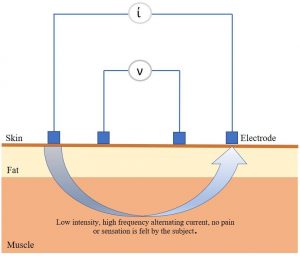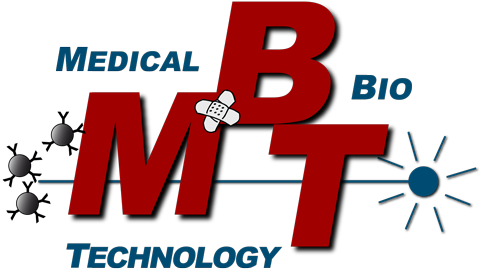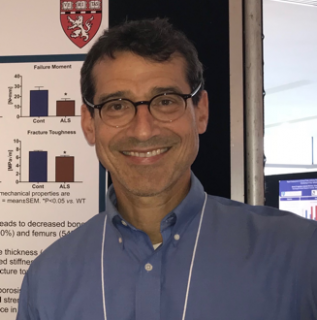Electric Impedance of Muscle Tissue
Prof. Seward Rutkove, MD, Harvard Medical School. It was a great pleasure to host Prof. Rutkove for one week in Nov 19 as an FAU Visiting Professorship Fellow. On a side note, he ensured us that his fun-developed „Should I Travel Index“ (based on his homepage shoulditravel.org) fully encouraged this trip ;-). During his stay, he gave an inspiring talk about electrical impedance assessment of muscle tissue in health, aging, disease and exercise, within the MURCE seminar venue. His research and enthusiasm were driven by a hitherto lack of sophisticated approaches to quickly and globally evaluate muscle structure-and-function in neuromuscular diseases, as existing technologies almost exclusively rely on invasive needle electromyography. Prof. Rutkove suggested and introduced non-invasive electrical impedance myography to clinics and recreational muscle building, in which a voltage change over a low intensity, high frequency current (approx. 10-50 kHz) is measured across the skin of a patient. This voltage change contains ohmic and capactive components, reflected by a frequency-dependent „impedance“. This (bio)impedance of the circuit is thus, a combination of its inherent resistance and its reactance (X). This impedance pattern may be characteristic for disease and can be reliably measured as a change of the output voltage signal. It was previously demonstrated to sensitively track disease progress, too. Eventually, this technique became so successful for quick and easy muscle health assessment that Prof. Rutkove and his team translated it to the market, where it is now commercially available for self-assessment of muscle health and performance.



